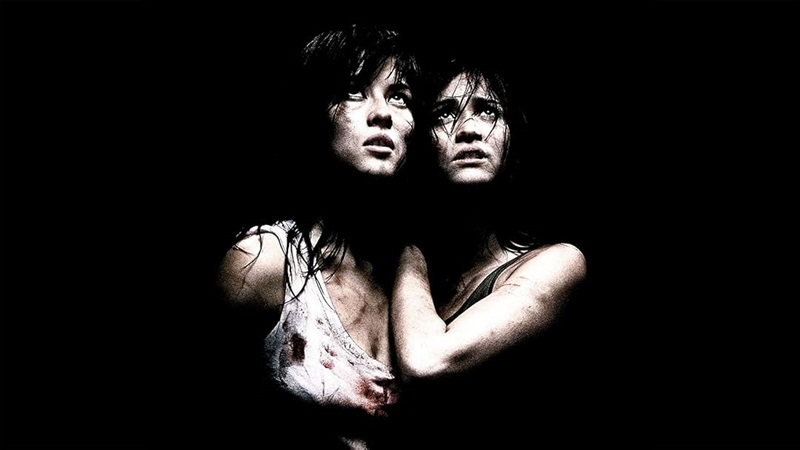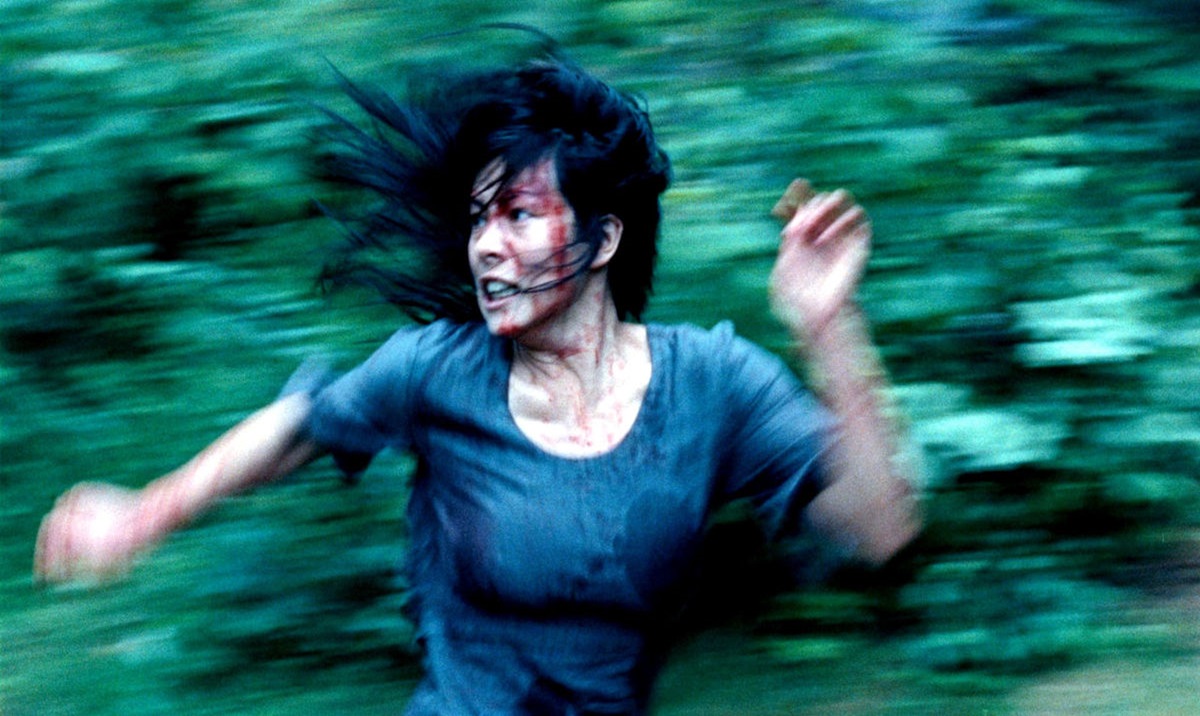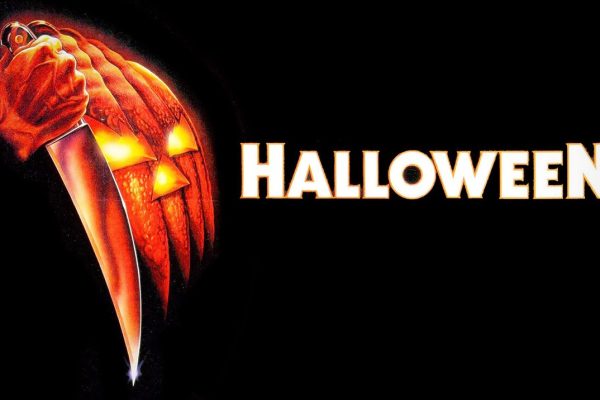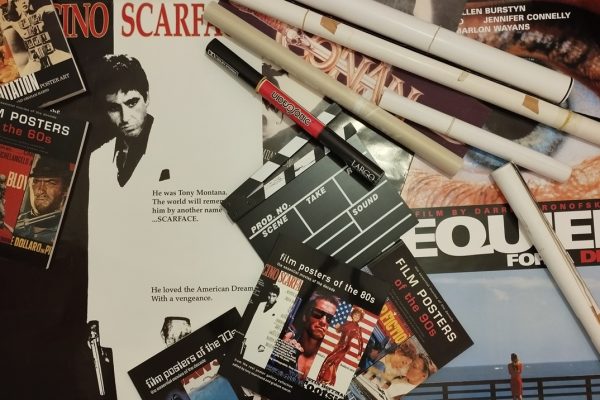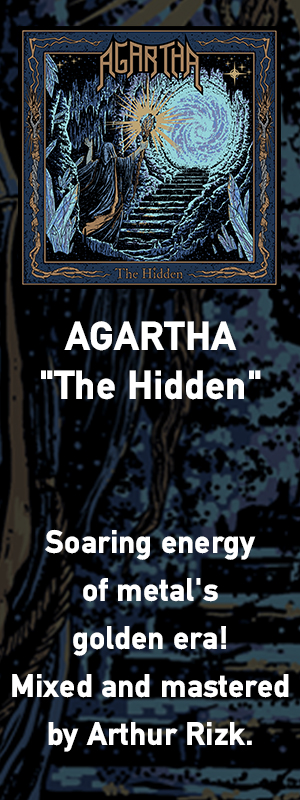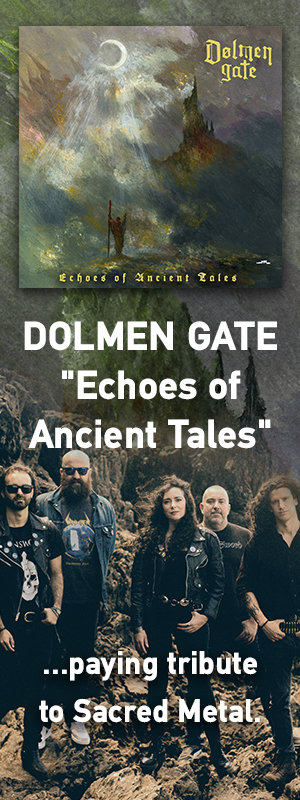The extreme ideas, views and images in art are a part that was always there. They are a part of history, a part of life, a part of society, and they can dwell in dark corners of the mind, so they are also a part of the art. In cinema, it was always there from the beginning, starting with naked bodies (mostly female) and over the years you could see acts on those bodies; sexual and violent acts. Flesh was violated, it was transformed, it became something else, it was eaten, it was humiliated. From Luis Buñuel and Pier Paolo Pasolini, to Sam Peckinpah and William Friedkin, to Lucio Fulci, Dario Argento and Ruggero Deodato, flesh became a vehicle for extreme images and those directors offered cinematic portrayals that shocked. Especially in the context of their era, but some of them are still shocking today.
The New Extremism in European Cinema started in the late ’90s, mainly in France, where you also have the New French Extremity term. While there is a belief that this is not a movement, it is definitely a wave of films that in many cases it has nothing to do with specific directors, actors or studios, but just with extreme movies that stray from the mainstream cinema and the Hollywood horror films with all of their clichés. Still, though, there are filmmakers and actors/actresses in this wave with more than one film under their belt falling in this category. The New Extremism in European Cinema is influenced by its history, the ’70s and modern filmmakers like Michael Haneke who wrote and directed films such as Benny’s Video (1992) and Funny Games (1997).
The films of the New Extremism have characters detached from the norm, logic and sociability, and they portray stories and images of discomfort. A few of those films, even present unsimulated sex while they’re not under the pornographic industry, but they’re often viewed as art-house films. In some cases, meeting a negative reception since it seems they’re made just to shock and gain a place in art-house cinema, like the notorious case of Baise-moi (2000).
Sex is a strong element of art-house cinema that makes it a part of existential and extreme themes. In many cases, films are made around obsessions and the control (or the lack of the control) of the sexual behaviour, like Claire Denis’ Trouble Every Day (2001) starring Vincent Gallo, who two years later wrote, directed, produced and performed at the independent American film The Brown Bunny with Chloë Sevigny performing unsimulated fellatio on the actor-director. Trouble Every Day though, is more. While one can view it as a horror film, it oscillates between cannibalism and sexual lust, where the humanity of life’s warmness is lost in horrible and cold aloneness where the animal instinct prevails.
For some filmmakers, the actors are artists that should dive deep in their character in order to show them the edge. And if they must show that edge, they should go for a brief moment to the dark side of the mind. That connection between filmmakers and actors can lead to extremely realistic scenes.
But what really inspired this wave of films? It is the human nature of modern society. People stopped looking higher, literally and metaphorically. People stopped looking at the sky. They stopped looking at the top of the mountains. People stopped believing that society can change. People stopped setting truly high goals in their lives. Or they just can’t any more. People are feeling trapped in a world that can’t change for the better, only for the worse. People look down. They look down at the screen of a mobile phone, and they’re separated from everyone else around them. You’re getting on a bus or a train, and you see most of the people looking down. They’re down from their countries, they’re abandoned from their governments, and other people are responsible for their lives; other people are taking decisions for our lives. People have lost control of their own existence. They are depressed and a feeling that they can’t control their lives is drowning them. People are insecure and sick. And everything that brought them to this state, everything they’re feeling and everything they’re doing because of those feelings, is the true inspiration of this wave of films. A raw cinematic sensation with style but at the same time, controversial and disturbing. Art imitates life – Life imitates art.
The extreme violence, the feelings of estrangement and sick mind experienced by individuals in modern society, the despair, the provocative sexual behaviour and sexual assault are themes used by writer-director Gaspar Noé in his controversial films Seul contre tous (English: I Stand Alone) (1998) and Irréversible (2002). “Time destroys all things”: At a glance, Noé’s cinema is challenging and can cause a mass hysteria in mainstream cinema viewers, but the raw cinematic sensation of his films is more than just a brutal story with realistic images. While his stories are nothing more extreme than usual crimes of news at eight o’clock, the stylistic detail on the violent acts and the physical performance of the actors are part of a storytelling where colours and sound complete a cinematic strength in depth. If you focus only in the violence, you’re missing films of incredibly technical achievement, where it’s like actually being there alongside the characters and the chaos they’re living each moment.
Gaspar Noé’s films are often cited as part of the cinéma du corps (cinema of the body) that’s nothing like David Cronenberg’s body horror and transformation cinema, but are equally shocking and provocative. The New Extremism in European Cinema is not like the older crime, drama and horror films where women were mainly victims and men were the main characters. In French cinema you have brilliant women directors with films of this wave, like the already mentioned, Claire Denis’ Trouble Every Day (2001), and Catherine Breillat’s Romance (1999), À ma sœur! (English title: Fat Girl) (2001) and Anatomie de l’enfer (English: Anatomy of Hell) (2004). While many people will say that Breillat’s films are only for cinephile purists, they also examine a variation of themes like unchecked sexual and carnal desires, and coming-of-age narratives. In this wave of films, any gender can have the same fate. The flesh is just flesh and it makes no difference if it’s male or female. In Noé’s Irréversible there is a violent scene of a woman’s rape, while in Bruno Dumont’s Twentynine Palms (2003), there is a violent scene of a man’s rape. Any human can be the victim and many of those films focus on female characters without just depicting the victimization of women.
The cinéma du corps is not only about sexual and carnal desires. The coming-of-age narrative can also be a part of horror, with body crimes, mutilations and self-mutilations. Films like Dans ma peau (English: In My Skin) (2002) written, directed and starring by Marina de Van, and Grave (English: Raw) (2016) written and directed by Julia Ducournau, are powerful pieces of cinema exploring the lives of female characters with the realization that at any moment, life can change into cruel fate without any warning, even if you can’t realize it at that moment. The main character’s arc in Raw is incredibly deep. A lifelong vegetarian’s coming-of-age story with a horror touch and cannibalism, a relationship with growing up and finding sexuality with blood.
Srđan Spasojević’s A Serbian Film (2010), the film everyone knows about but a few dare to watch, is a different kind of beast; one of the biggest shocks you can experience if you’re not familiar with. The director claimed that this is a diary of their own molestation by the Serbian government and that, “You have to feel the violence to know what it’s about”. However, exploiting all of those extreme themes no one dares to talk about in one film and in such a graphic detail, led the film to be banned in many countries, causing the biggest controversy in modern cinema.
The belief that there is no reason to see an extreme movie except to be entertained by the sight of brutality, pain, suffering and taboo subjects is like living in a box without understanding how hard is in fact life itself. Art is not just about imagination and escapism, but it can also be a depiction of life and its dark corners that are next to us. Many of those films are reflections on the complexities of human vulnerability and human connection. A daring cinematic exploration of violent and disturbing moments, challenging the viewer to confront the human endurance. A raw cinematic sensation.
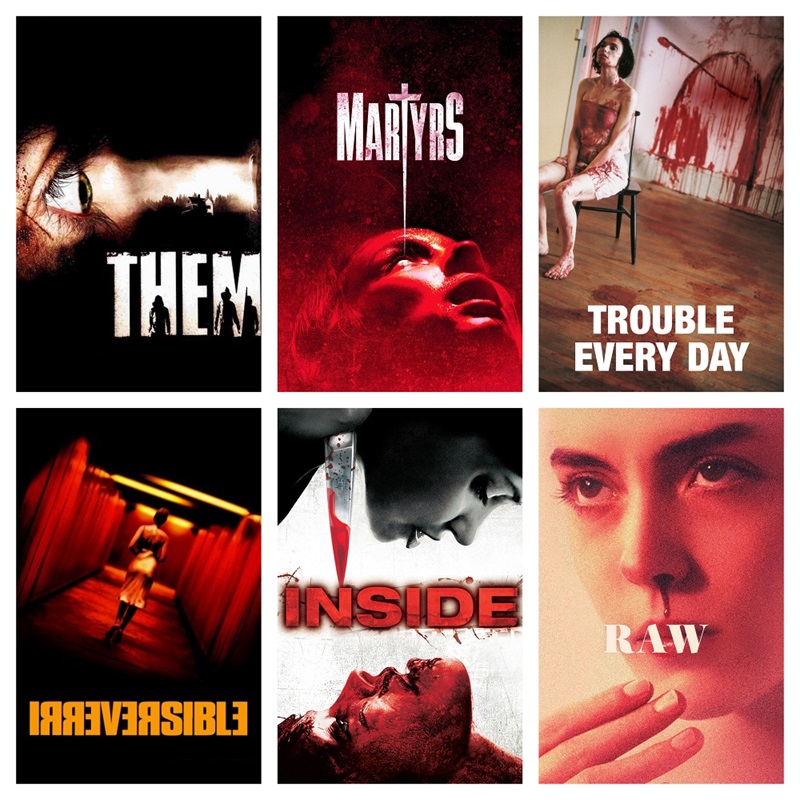
The New French Extremity in Horror – Five films to watch:
Haute Tension (English: High Tension, aka Switchblade Romance) (2003), directed by Alexandre Aja.
Best friends Marie and Alex travel to Alex’s parents’ house in the countryside for a weekend and a serial killer appears at night. Alexandre Aja’s suspenseful artistic view on slasher-movie clichés is masterful and gory at a high level, inspired by classics such as The Texas Chainsaw Massacre and The Hills Have Eyes (Aja also directed its remake in 2006). For some people, these kinds of films might lack logic and are extremely vicious with all the bloodbath, but the plot holes they mention might just be confusing and delusional memories of the character that drives the bloodbath. In this case, it is just a stylistic puzzle of thrills, massacres, and unforeseen twists using gore as a narrative tool. This sick romance is a modern video nasty.
Frontière(s) (English: Frontier(s)) (2007), written and directed by Xavier Gens.
This is an unconventional survival horror film relying on an unflinching depiction of gore and extreme violence with a social and political backstory. The story follows a group of young Arabic criminals from Paris who stayed at a family-run inn in the countryside. Unknown to their knowledge, it was actually run by neo-Nazis, during a presidential election, causing riots because of a far-right candidate. From the moment the riots began until the moment the far-right candidate became the new French President, an unsettling and over-the-top blood-fest happened in the countryside between the youngsters and that “family”. Just like some other French films, this one is also compared with the American torture-porn of Eli Roth’s Hostel but its political allegory adds another layer to the go-as-far-as-possible bloodshed and cannibalistic aura. A really brutal film.
Ils (English: Them) (2006), written and directed by David Moreau and Xavier Palud.
Using the “based on true events” tag, the film is much scarier than others because of its true nature. Intruders are trying to kill a couple in their house, but they escape only to meet death after a while. The film ends revealing the sad and shocking truth that the intruders were school kids that wanted to “play”.
À l’intérieur (English: Inside) (2007), directed by Julien Maury & Alexandre Bustillo.
Sarah survived a car accident that killed her husband and the story starts the last night before she brings her baby to life. That night, a strange woman arrives at her house asking to use her phone and, after a while, a claustrophobic grotesque experience starts taking place in that house. The mysterious woman intruder wants to take Sarah’s child straight from her belly by cutting her. This is an intense and suspenseful film exploring the feeling of grief and relentless brutality that became one of the highlights of the New French Extremity, starring the controversial actress Béatrice Dalle as the mysterious woman, also known from Claire Denis’ film Trouble Every Day.
Martyrs (2008), written and directed by Pascal Laugier.
One of the best horror films of the 2000s, starting with a young girl escaping an abandoned slaughterhouse where she was captured and tortured for months. The suffering and soul-crushing trauma of the girl during her next years in an orphanage can’t even prepare you for what follows. A home invasion becomes a gory revenge story including hallucinations, and then an unspeakable secret of a hidden society that wants to discover the secrets of the afterlife appears. They believe that they can do it through physical pain, creating “martyrs” that will enter a spiritual transcendence witnessing the beyond and afterlife, to realize what awaits there. Diving into the psychological abyss of human suffering, there is a powerful presence of sorrow and the ultimate lack of hope all over the film. This is not an easy movie to watch with all the gory imagery, but its intensity and intelligence creates a strong, affecting horror film that challenges the audience. In the end, there is only evil’s apocalyptic triumph.
